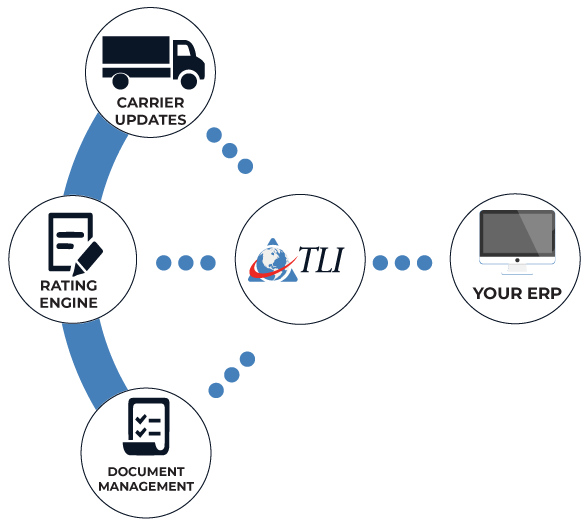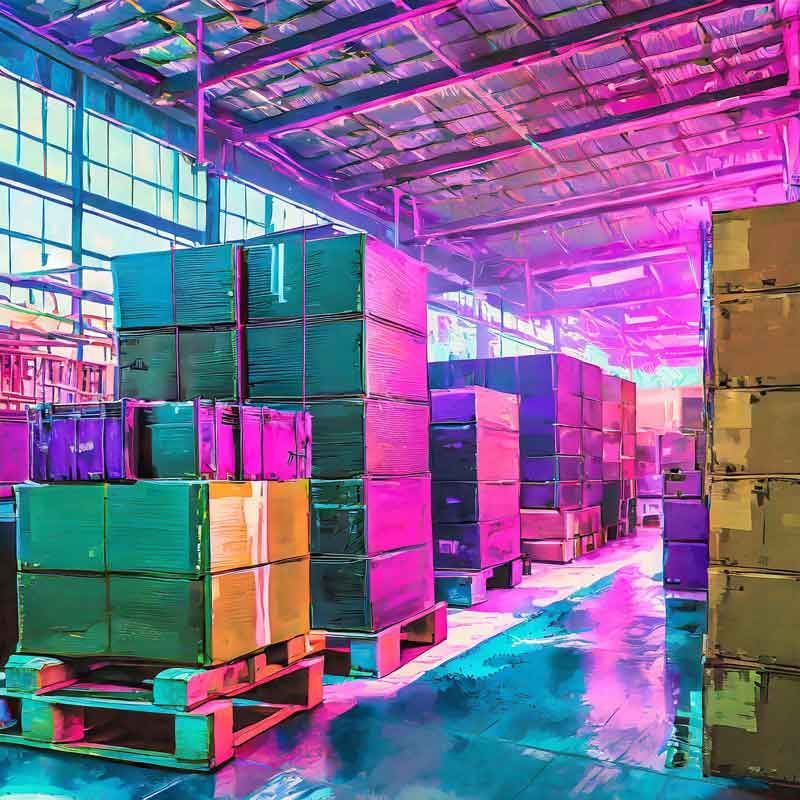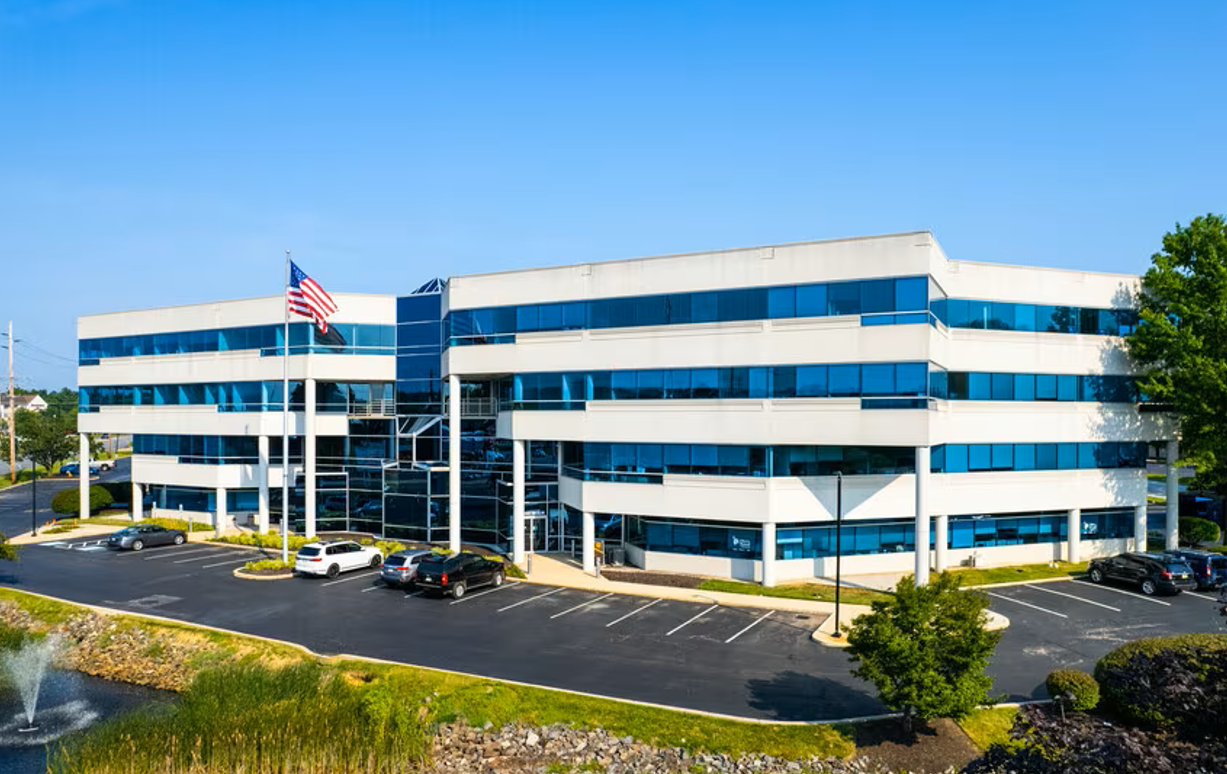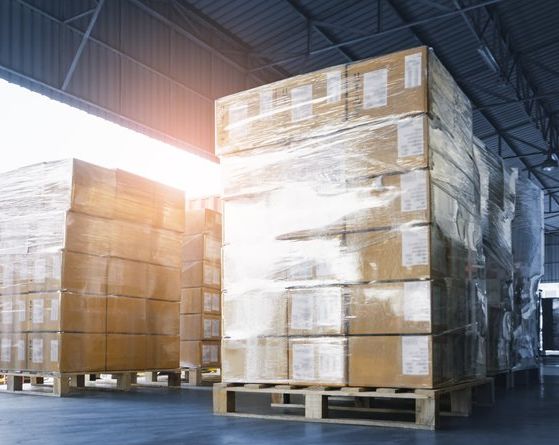Integrated Supply Chain Management Guide
Integrated Logistics
Integrated logistics ensures that the right product reaches the right place at the right time and in the right condition. It involves a comprehensive approach that includes suppliers, manufacturers, distributors, and customers, making the supply chain more efficient and customer-focused.

What is Integrated Logistics?
Integrated logistics, or integrated supply chain management, streamlines the entire logistics process from start to finish. It aligns all activities related to moving and storing goods—like transportation, warehousing, and inventory management—into one cohesive system. This approach aims to maximize efficiency and effectiveness.
How Integrated Logistics Works
Integrated logistics connects all departments, technology, and resources within an organization. It coordinates every activity involved in the movement and storage of goods, making the business more efficient. This model uses technologies like ERP, WMS, OMS, TMS, inventory management, and shipping software to eliminate redundancies and optimize processes.

Advantages of Integrated Logistics
Lower Costs
- Reduces redundant processes.
- Minimizes excess inventory.
- Optimizes least cost carrier routing guides.
Improved Efficiency
- Enhances communication and collaboration.
- Facilitates quick decision-making.
- Enables timely responses to market changes and disruptions.
Better Supply Chain Visibility
- Tracks and monitors each stage of the supply chain.
- Anticipates potential bottlenecks.
- Identifies areas for improvement.
Greater Scalability
- Aligns logistics functions and technologies.
- Expands operations with minimal disruptions.
Enhanced Customer Service
- Provides accurate information on order status and shipment tracking.
- Delivers superior customer experiences.
- Visibility provided on shipments in-transit.

Getting Started with Integrated Supply Chain Management
Begin by Assessing Your Current Supply Chain
Take a deep dive into your existing supply chain operations. Perform a thorough analysis of each process, uncovering strengths, weaknesses, and areas ripe for improvement. Identify where inefficiencies, disconnects, or redundancies exist between functions like procurement, transportation, warehousing, and distribution. Align the integrated logistics system you plan to build with your overarching business goals and strategic priorities.

Make an Integration Plan and Adopt Enabling Technology
Develop a comprehensive integration plan that outlines how the different supply chain processes will interconnect and share data. Invest in advanced logistics technologies like transportation management systems (TMS), warehouse management systems (WMS), and supply chain visibility platforms. Implement these tools in a coordinated fashion to enable seamless data integration and unified process orchestration across your systems.

Train Departments on Cross-Functional Collaboration
Promoting a culture of collaboration across functions is critical for integrated logistics. Educate employees from different departments on the benefits of interconnected logistics processes. Conduct training on the methods and importance of cross-functional communication and data sharing. Ensure all teams understand their roles and how their work impacts other nodes of the supply chain network.
With your current operations assessed, an integration roadmap established, and your workforce aligned, you'll be positioned to capture the powerful efficiency and visibility gains that integrated logistics provides. Consistent process integration, real-time data unification, and a cohesive cross-functional approach will allow you to respond agilely to changes, reduce costs, and deliver outstanding customer service.

Seeking Professional Help
Integrated logistics transforms your supply chain into a well-oiled machine. It reduces costs, improves efficiency, enhances visibility, and boosts customer satisfaction. While it requires an investment of time and resources, the benefits far outweigh the costs. By leveraging the right technology and creating a collaborative culture, you can achieve a seamless and effective supply chain.
Integrating your logistics involves coordinating many moving parts. If you’re not confident in tackling the project alone, consider outsourcing. Logistics consultants can provide the expertise and support needed to implement an integrated logistics model. TLI is equipped to aid you in your TMS technology.
TLI Insights
Get the latest logistics insights and tips from Translogistics’ award-winning team. Stay ahead in transportation planning.
Questions? Email us at marketing@tli.email



